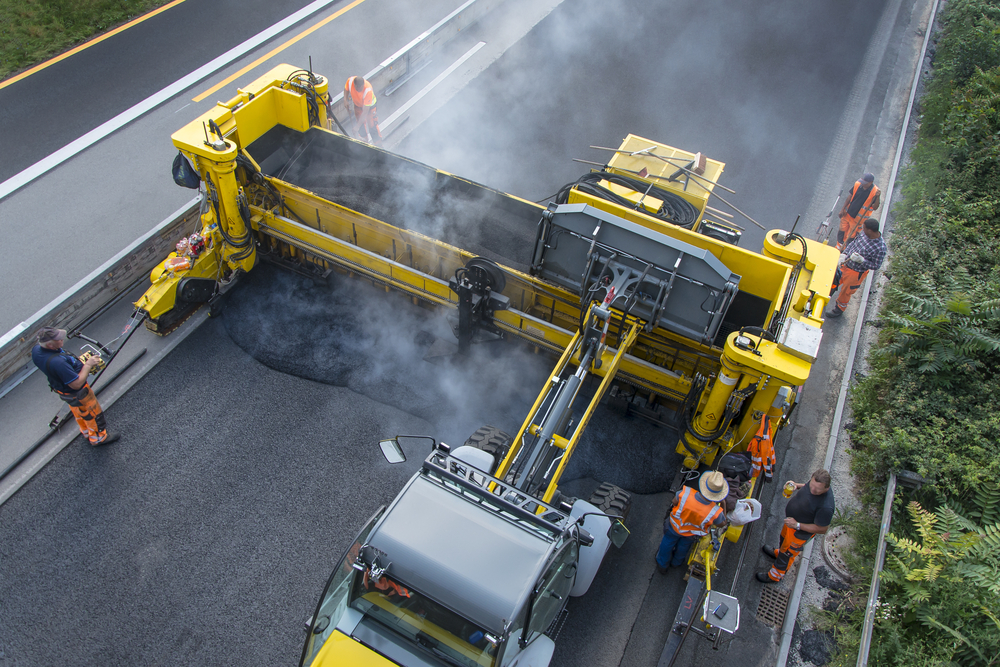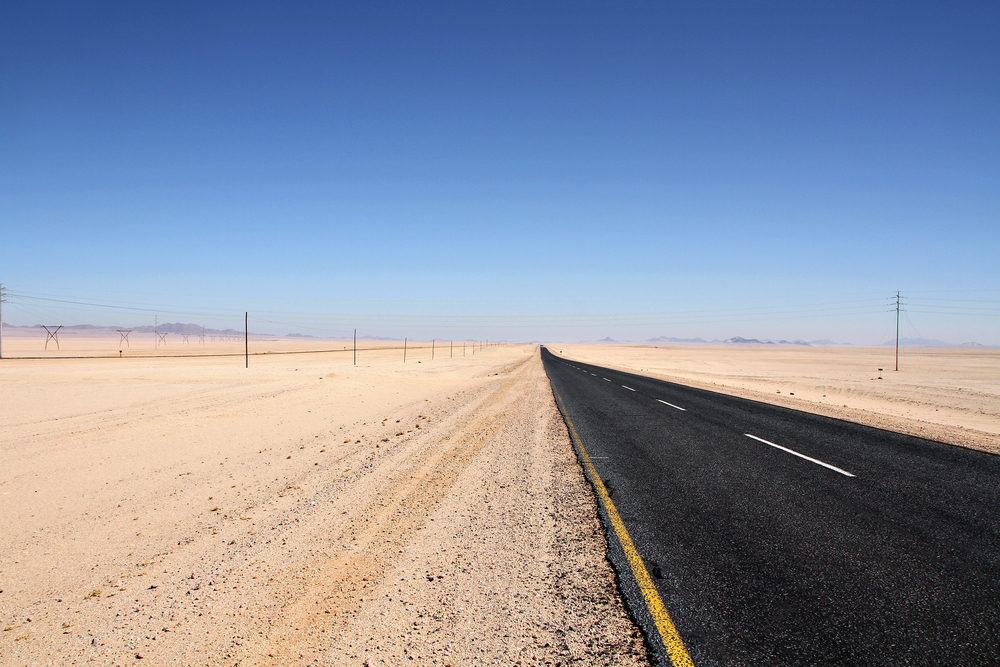by lakeridge | Mar 15, 2018 | Commercial Paving, Residential Paving
Download the full presentation...

by lakeridge | Mar 15, 2018 | Commercial Paving, Residential Paving
Although 94 percent of paved roads in the US are covered in asphalt, it has many other uses beyond providing durable and reliable protection for highways and parking lots.1 In fact, many people don’t realize the versatile material offers such a wide variety of surprising and strange potential uses – including some around the home. Here are just a handful of surprising uses for asphalt you may not know about. Graffiti Removal Unfortunately, buildings made of brick or cinderblock are makeshift canvases for graffiti vandals. When a graffiti artist does spray paint a wall, their work is difficult to remove, and the process often requires stripping agents or other heavy chemicals which can damage the building materials. An easy way to minimize the effect a graffiti artist can have on your building is to coat the exterior in black, asphalt-based paint. It won’t stop a vandal from tagging the wall, but if they do, you can quickly cover it up with an additional layer of virtually unnoticeable asphalt paint. Protecting Trees and Wood Liquid asphalt can serve as a bandage for trees with open wounds due to limb removal, insect infestation or any other kind of damage. Simply seal the wound with a coat of liquid asphalt and it will be less vulnerable to additional damage like bacteria or rot. Even wooden structures, such as patios, decks or wooden fences, can be protected from the elements and the effects of old age with a coat of asphalt sealant. Art Interestingly, asphalt can either protect against artistic expression or encourage it. For example, bitumen, the primary binding agent in...
by lakeridge | Feb 20, 2018 | Commercial Paving
Download the Presentation...

by lakeridge | Feb 20, 2018 | Competitive Paving Quote in Seattle, WA
Whether you’re driving your car down the highway or preparing for takeoff in a plane, you likely don’t pay much attention to the black stuff on the ground that makes it easier for you to get from point A to point B. After all, black stuff is black stuff, and to the untrained eye, there’s not much difference between an airport runway and the street outside your house. However, each is made with a unique material and process that serves a specific purpose. The minute differences between asphalt and tarmac determine the effectiveness of the road or lot, so if repaving is in your future, it helps to know which material can best serve your needs. Tarmac When riding in an airplane, you’ll likely spend quite a bit of time on the runway waiting for takeoff. Getting stuck on the tarmac is perhaps one of the most frustrating parts of air travel nowadays, but at least you can trust that once you get moving again, the tarmac will offer you a smooth, seamless transition to the skies. Tarmac, short for tarmacadam, gets its name from John Loudon McAdam, who first introduced his unique “macadamizing” method in 1820. Macadamizing is a process in which a layer of gravel is adhered to the top of normal pavement, but that isn’t exactly what makes tarmac tarmac. The “tar-“ part of tarmac comes from the extra layer that a businessman named Edgar Purnell Hooley chose to add to McAdam’s macadamized pavement. As the story goes, Hooley passed a tar factory where he noticed a barrel of the gooey black stuff had tipped...



